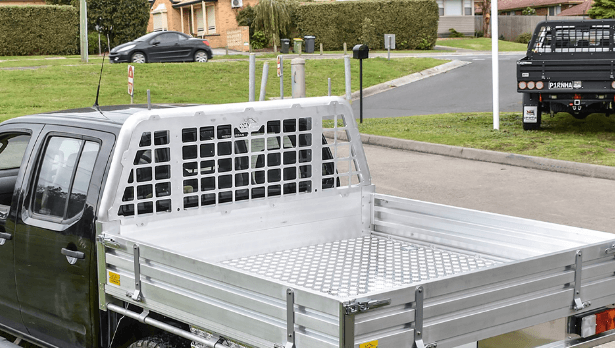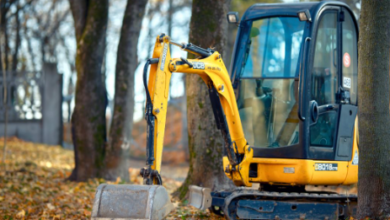Choosing the Right UTE Tray: A Buyer’s Guide to Materials and Features

Selecting the appropriate utility tray for a utility vehicle involves various considerations, from the type of material to specific features that enhance functionality and durability. Utility trays are essential for individuals and businesses looking for a reliable way to transport equipment, tools, and materials. As such, making an informed decision that balances cost, quality, and specific usage requirements is crucial.
The choice of a UTE tray should be guided by the intended use and the environment in which it will operate. Weather conditions, cargo type, and use frequency significantly determine the most suitable utility tray. Materials range from aluminium to steel, each offering different benefits in weight, strength, and resistance to corrosion. This guide gives potential buyers the necessary information to choose a utility tray that best fits their needs. It highlights the importance of materials and key features to consider when purchasing.
Material Considerations
Aluminum
Aluminum is a popular choice for utility trays due to its lightweight character, which helps reduce fuel consumption and enhances the vehicle’s load capacity. Despite its lightness, aluminium is remarkably durable and highly corrosion resistant, making it an ideal option for those operating in coastal areas or environments where rust is a concern. Aluminium typically offers a good balance of strength and weight, making it appropriate for various applications, from general transportation to more specialised needs.
Steel
Steel trays are the go-to option for those requiring a more robust solution. Steel is comprehended for its superior strength and durability, making it suitable for heavy-duty applications. It can withstand more rigorous use than aluminium, making it ideal for transporting heavier equipment or machinery. However, steel is heavier, which may affect the vehicle’s fuel efficiency and reduce its load capacity. Also, steel is prone to rust if not properly treated or frequently exposed to harsh environmental conditions.
Composite and Other Materials
Some manufacturers offer trays made from composite materials, which can be an affordable option for metal ones. These composites are usually lightweight and have good corrosion resistance, though they may offer a different level of durability than metal options. Buyers looking for specific properties also consider trays with powder coatings, which can enhance the resistance to wear and tear.
Key Features to Look for
Load Security Features
One of the primary considerations when selecting a utility tray is how well it secures the cargo. Features like tie-down points, headboards, and drop sides can greatly enhance load security. Well-placed tie-down points ensure that cargo can be safely and securely strapped down, reducing the risk of movement during transit.
Accessibility and Ease of Use
Ease of access is another important feature, particularly for those who frequently load and unload their trays. Options such as drop-down sides, rear steps, and under-tray drawers can make it easier to access tools and equipment, improving efficiency and reducing physical strain.
Customisation Options
Many suppliers offer customisable options that can be tailored to specific needs. Customisation can include everything from configuring storage compartments and toolboxes to adding crane mounts and ladder racks. Personalised features can significantly enhance the functionality of a utility tray, making it a tailored solution for individual or business needs.
Durability and Maintenance
The durability of a utility tray contributes directly to its maintenance needs. They are made to withstand harsh conditions, and heavy use will generally require less maintenance over time. When choosing a UTE tray, consider how easy it is to repair and maintain. Some materials and designs are easier to work on than others, saving time and money in the long term.
Whether opting for the lightweight flexibility of aluminium, the robust strength of steel, or exploring composite materials, it is crucial to assess each option’s trade-offs in terms of durability, weight, and maintenance. By carefully evaluating these factors, buyers can make informed decisions that maximise the utility and value of their investment.


